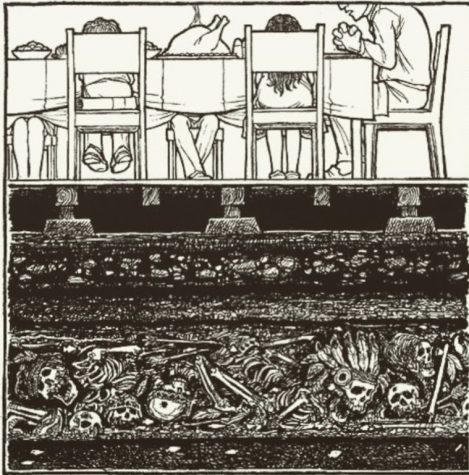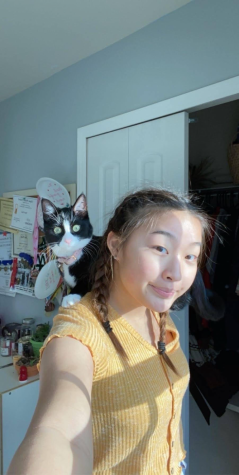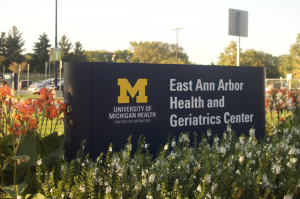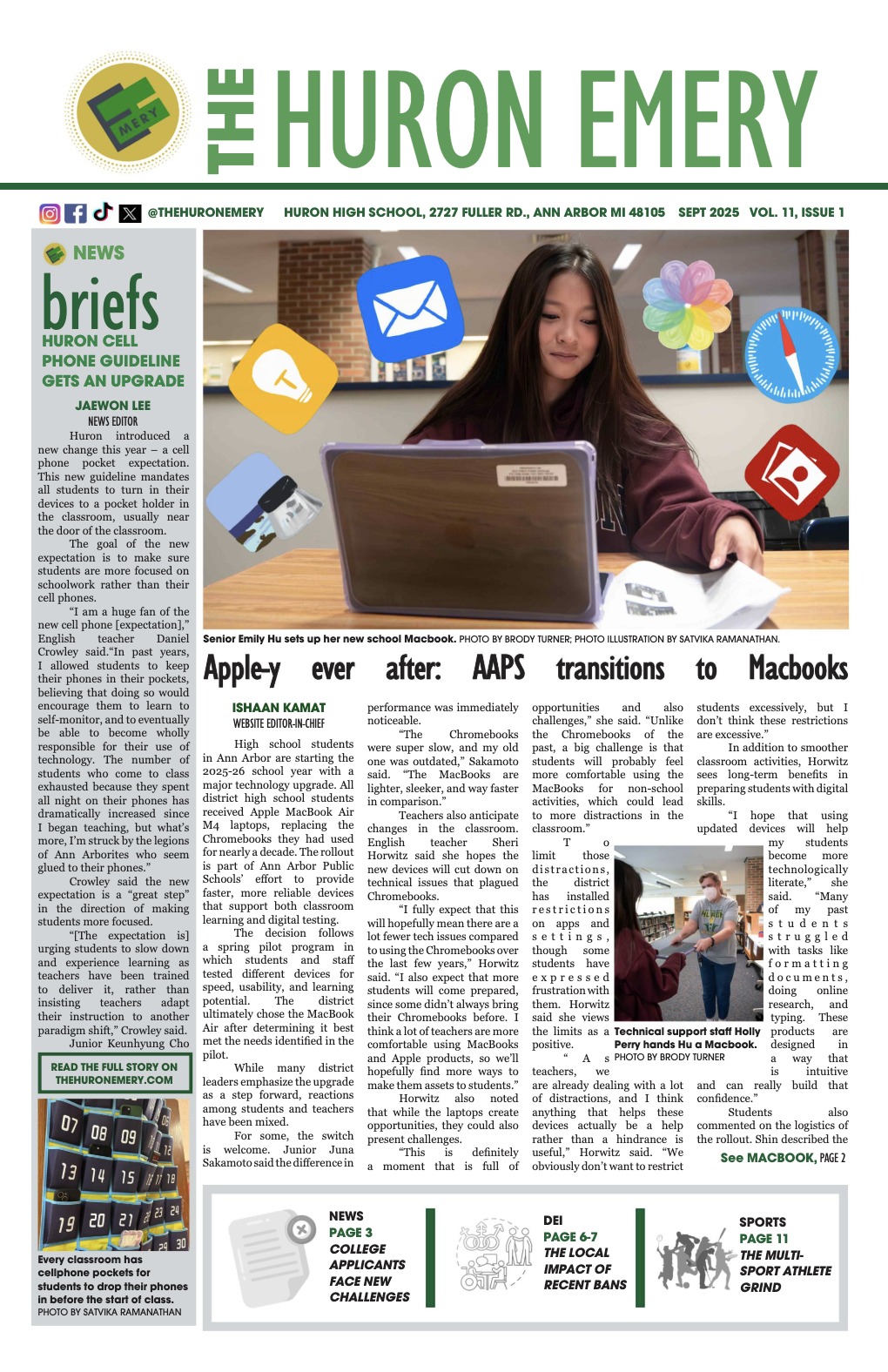An Alternative Perspective of Thanksgiving
November 26, 2020
In 1620, a group of brave Englishmen, known as the Pilgrims, landed on the shores of America. Despite struggling to grow food and survive, the Native Americans generously provided guidance. The following fall, the Pilgrims held a huge feast in celebration of the mighty harvest, their friendship with the Native Americans and the beginning of their life in the Americas. This is the story of the first Thanksgiving—or so we were told. This story, like many of the Thanksgiving tales taught in our classrooms and media, falsely depicts American history. It neglects the mass genocide of the Native Americans and the land that was stolen from them in the centuries that followed. Here are some things to think about before going into Thanksgiving this year.
The Wampanoag people were nearly extinguished soon after the feast with the Pilgrims
It is important to note that there are hundreds of tribal groups that have occupied America with each group differing in culture, language and ethnicity. This diversity is often ignored by the media, and consequently, indigenous people are stereotyped with buckskins and feather headdresses.
The Native Americans in attendance at the Pilgrims’ celebration were a group of people known as the Wampanoag. Their chief, Massasoit, made a peace treaty with the Pilgrims in 1620, however, promises of the treaty were broken when settlers continued taking over Wampanoag territory. They attempted to reclaim their land in the King Philip’s War (1675-1676), but the entire tribe was almost killed by the colonists. Of the few that survived, many of them died from disease. It is estimated that only 4000 Wampanoag descendants live today.
The first “Thanksgiving” celebration wasn’t actually in 1621
While the Pilgrims and Wampanoag did hold a celebration in the autumn of 1621, many historians argue that labeling it as the first Thanksgiving is incorrect. Native Americans celebrated good harvest years before the Pilgrims arrived. The Green Corn Ceremony is an example of one of these holidays. Tribes in the Southeast such as the Cherokee and Seminole hold the ceremony in appreciation of the year’s corn harvest.
Many historians even argue that the Thanksgiving holiday we celebrate today originated from the Pequot War. In 1637, the colonists ambushed the Pequot Tribe in the middle of the night. Women were sold into slavery, their village was burned to the ground, and 700 Pequot people were murdered. Following this massacre, Plymouth Colony Governor and former member of the Pilgrims William Bradford declared “a day of Thanksgiving kept in all churches for our victories against the Pequots.”

November is Native American Heritage Month
Surrounding the excitement of Thanksgiving, Black Friday and the upcoming winter holidays, many people are unaware that November is Native American Heritage Month. This month, we honor Natives as the first people of this land and celebrate indigenous cultures from all different tribes. Did you know that many American foods, products and activities originate from indigenous people? Corn, pumpkins, turkeys, cotton, canoes, kayaks, lacrosse, Girl Scouts and Boy Scouts are some examples. We should embrace this.
Native American Heritage month is also a time to spread awareness about the hardships indigenous people have faced in the past and continue to face today. Since the 1400s, colonizers have taken Native American land through genocide and manipulation. The US government continues to take land from Native American reservations and exploit their natural resources. One example of this was earlier this year when the Trump administration revoked reservation status of the Mashpee Wampanoag tribe in Massachusetts. Native Americans also struggle with high poverty rates, unemployment, inadequate healthcare and poor educational opportunities. Above all, the most unrecognized issue indigenous people face today is police violence. According to data collected by the Centers for Disease Control and Prevention, Native Americans are the racial group that is most likely to be killed by police in the US with the death rate three times that of white people.
You can support Native Americans this month and all year round, by educating yourself about Native American history and culture, donating to or volunteering at organizations that support indigenous people. Additionally, you can support indigenous businesses and spread awareness through social media or by starting conversations.














